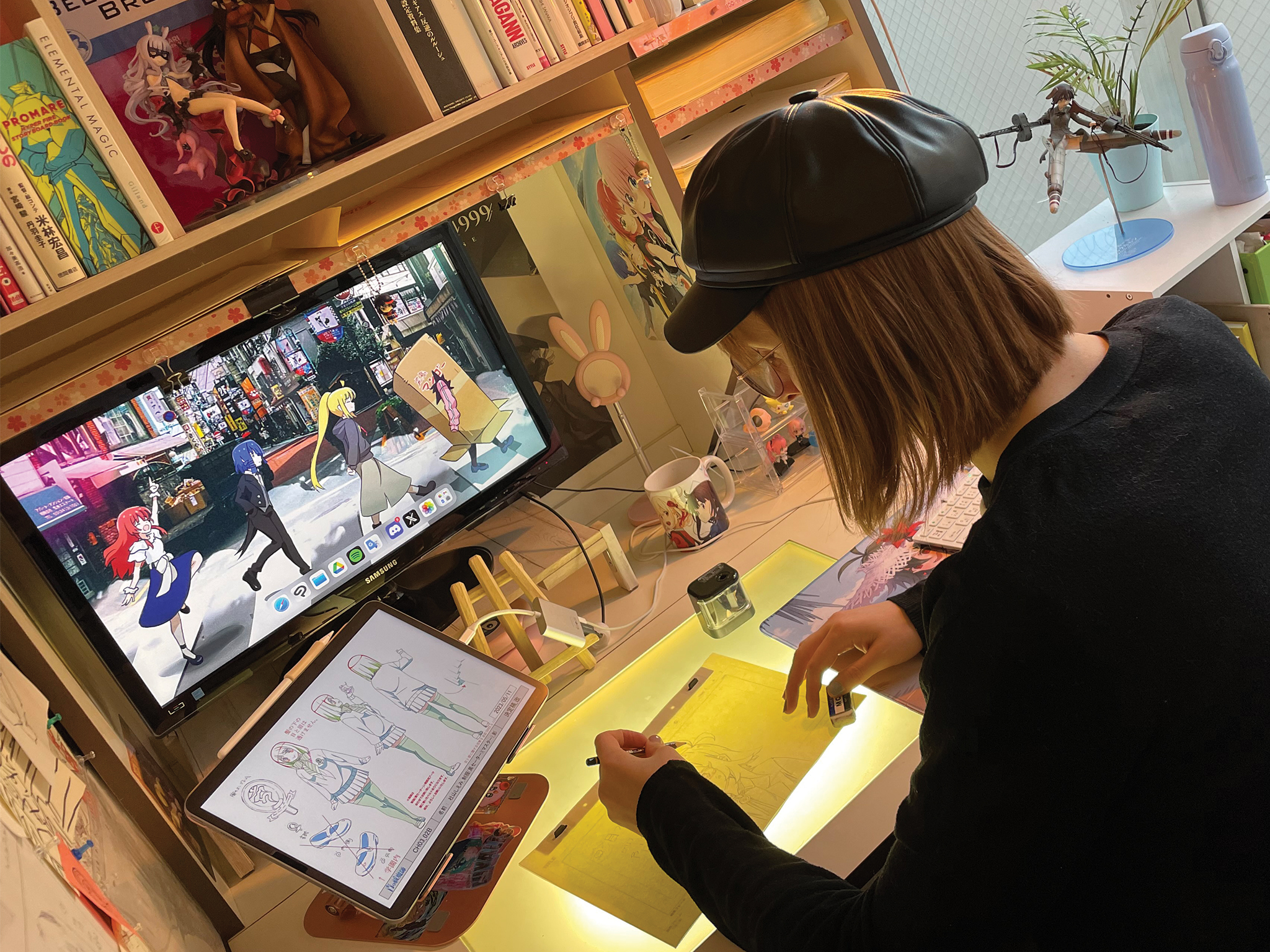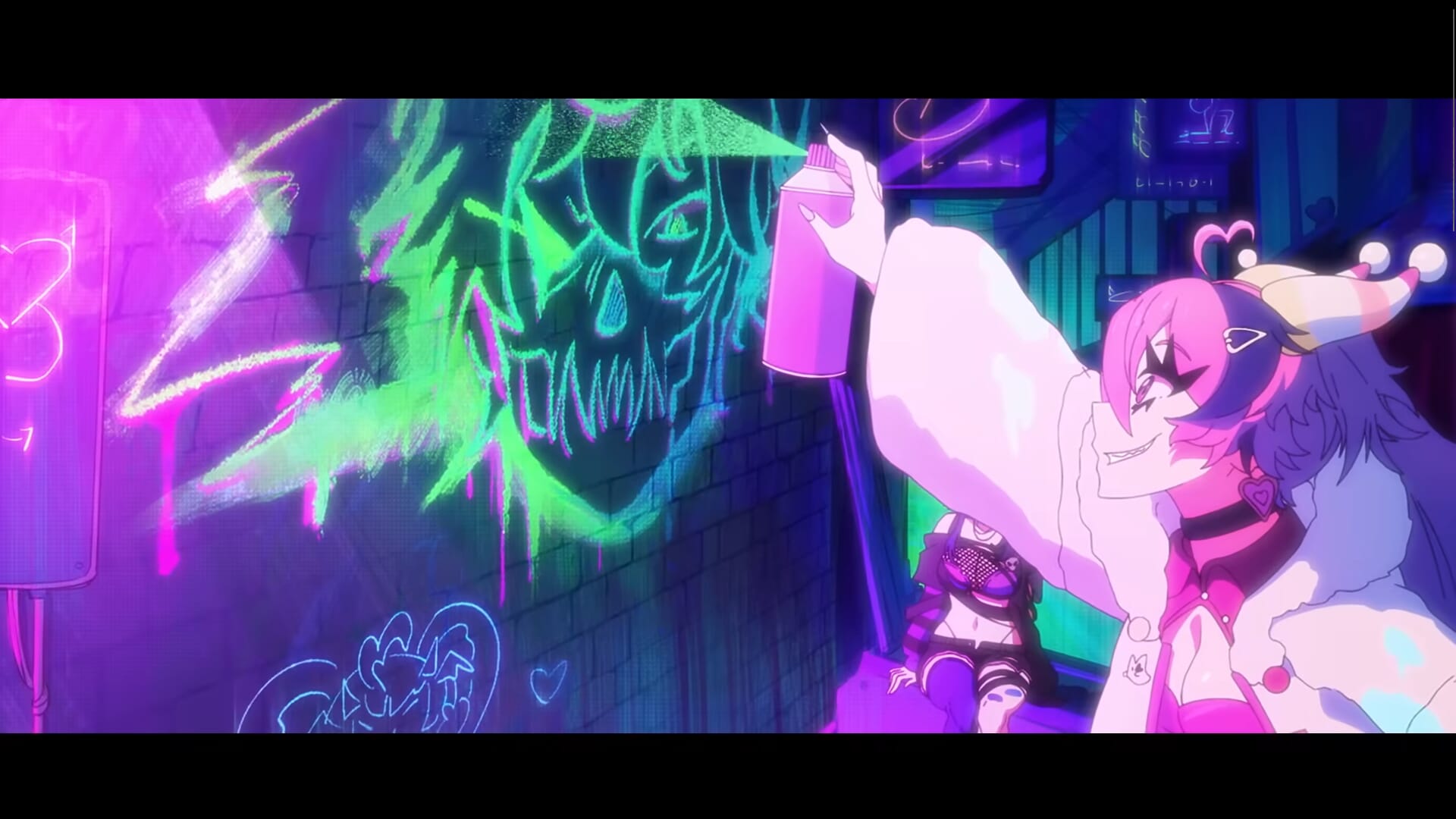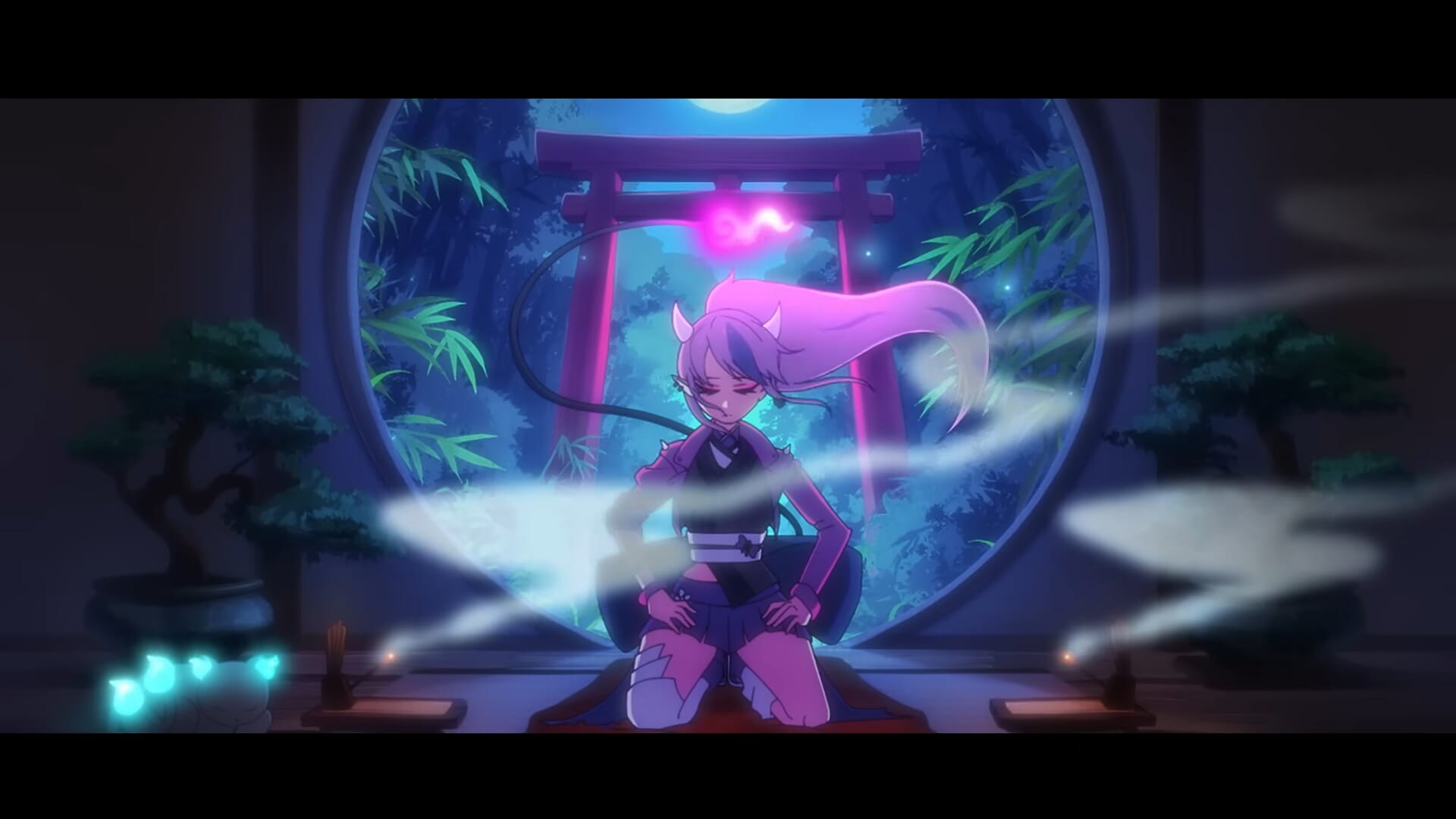According to the Anime Industry Report 2022 from The Association of Japanese Animators, 2021 saw profits in the anime industry reach ¥2.74 trillion. This marked the highest level of profits in the history of anime, of which 47% was attributed to overseas activities. However, the local industry continues to struggle to meet this exponentially growing demand.

Introducing Bellamy Luna Brooks
Enter Tonari Animation, an up-and-coming animation studio created to support local Japanese studios. We recently spoke with Bellamy Luna Brooks, a character designer and animator at the company, to better understand the studio’s web-based structure. She also gave some tips on how aspiring non-Japanese artists can get their start in anime.
“I’ve been part of the overall animation industry for more than nine years, but this year marks my second year working specifically in Japanese anime,” Brooks tells us.
She’s someone who has held a variety of roles in entertainment, including 3D animation, radio production, motion graphics and even film making. At her core, Brooks is passionate about telling rich stories, regardless of the medium. What made the 2D style of anime stick with her was the fact that drawing was something she felt she could do for hours without burning out.
“Drawing is the most sustainable medium for me,” she says. “I found with 3D, my work was very dependent on being up to date on the latest software changes. I love 2D because once you strip away everything, it’s just the artist with a single piece of paper.”
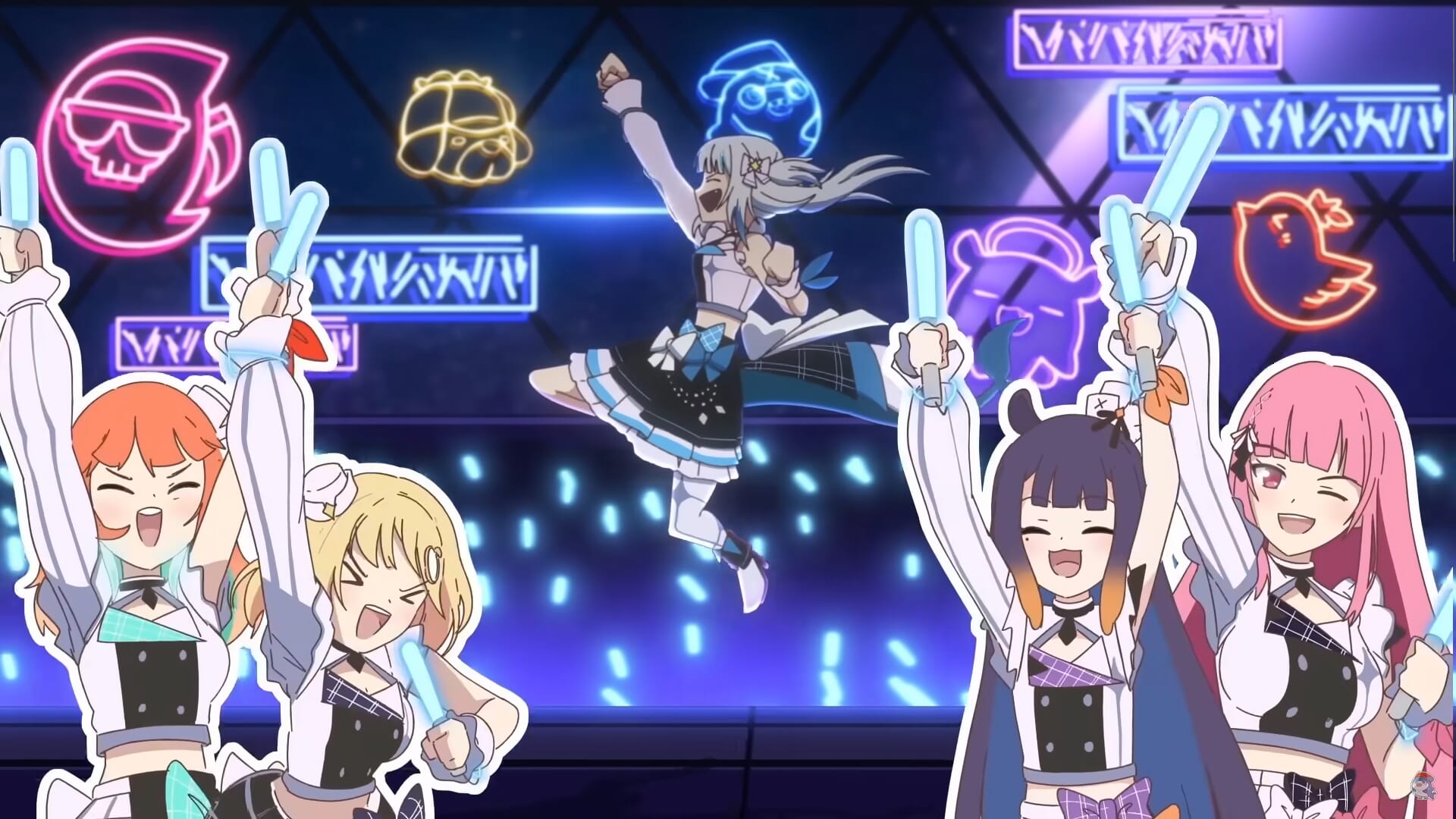
Gawr Gura: Blue Horizons (2023): Co-directed by i211 and Dudul.
Getting Hired by Tonari Animation
Specializing in Japanese animation was also a given for Brooks as she grew up loving and appreciating anime such as Pokémon, Inuyasha and Bleach. From a career standpoint, she started in the anime industry first by working at a number of prominent anime YouTube channels before being hired by Tonari Animation.
“Tonari has an interesting backstory as it started as a cluster of freelancers who would use their combined skills to network and obtain subcontracting opportunities,” she says. “But as the group developed, it started to take the form of a company which made sense with our expansion and the recognition we were starting to get.”
A glance at Tonari Animation’s website shows some household names. The studio is credited to have provided key animation and 2nd key animation for the likes of Spy x Family, One Piece, and Bleach: Thousand-Year Blood War. It has also been involved in other capacities, including as animation supervisor for Digimon Ghost Game and Zombieland Saga, plus providing animation direction for the sports anime Blue Lock. Clients include names such as Studio Pierrot, CloverWorks and MAPPA. These are all studio giants when it comes to producing Japanese anime. Outside of mainstream anime, high-profile VTubers such as Ironmouse and Gawr Gura have also enlisted the help of Tonari Animation to craft original productions.
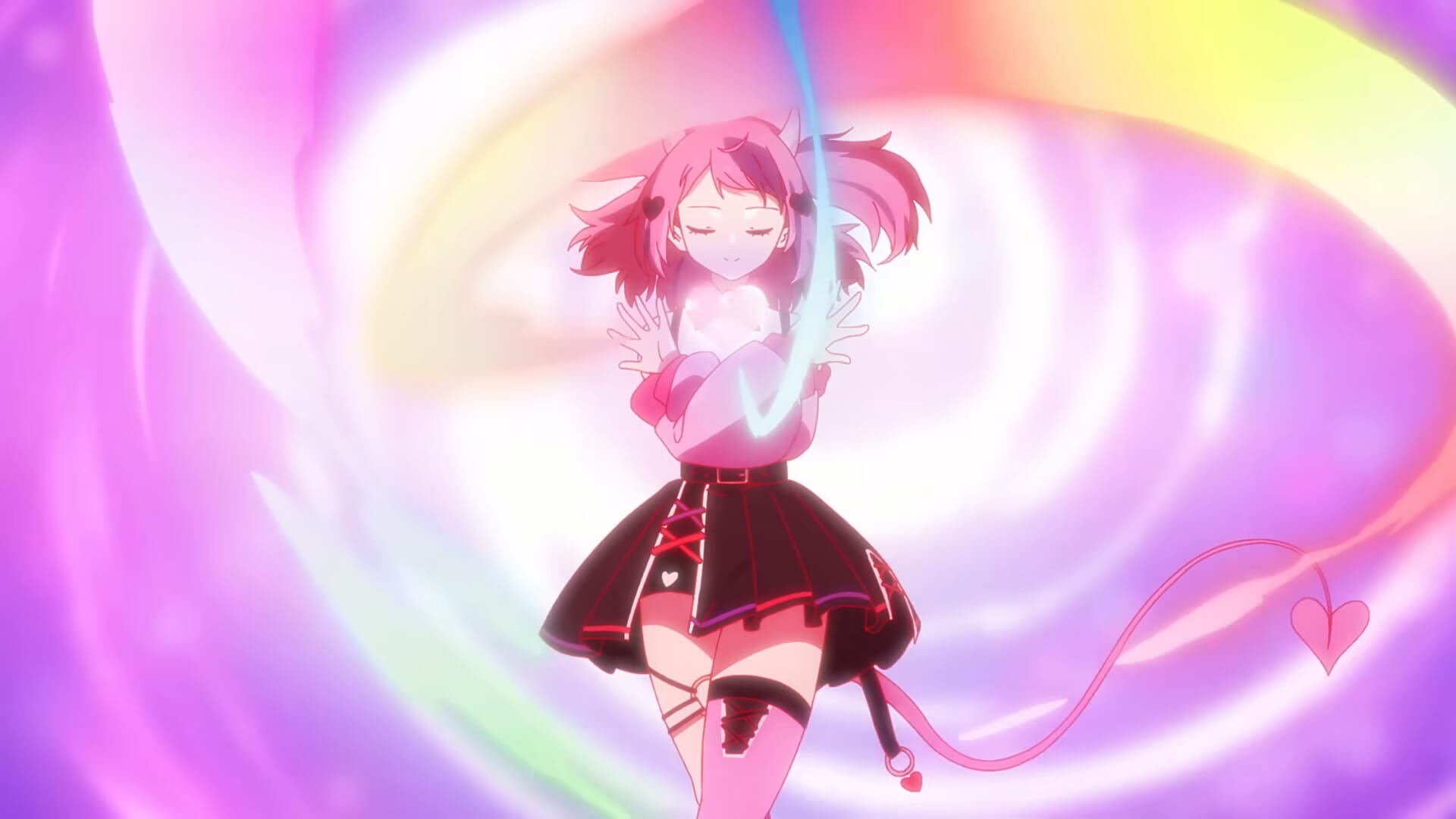
Ironmouse Unleashed (2023) Written and Directed by Bellamy Brooks.
An International Team
Tonari Animation employs a core team of around 20 people, with some employees, such as Brooks, having the opportunity to live in Japan and work at its Japan office. There’s also a roster of almost 200 freelancers from about 36 different countries around the world. Brooks confirms that Tonari Animation keeps the pay scale competitive to Japan’s industry standards, regardless of what country you’re from. Artists are not required to speak Japanese as a combination of interpreters and language tools such as DeepL Translate help keep the team in sync with client needs.
“The only thing that matters to us is can you draw and can you make deadlines,” says Brooks. “There have been some growing pains such as adapting to different styles of management and feedback due to how culturally diverse our team is. But we are also evolving our processes so that we can be as efficient as possible.”
Being non-Japanese, some might wonder if people like Brooks may face backlash or criticism from within an industry that has historically been closed off from outside influence. From her experience, it’s actually been the opposite.
“It really caught me off guard, how accepted I was across the board,” she says. “Even traditional studios are very happy to work with us. The overwhelming impression is that they’re happy we’re here to help and that we are approaching it as one of them. In the past, foreigners usually entered the industry from a top-down level, such as taking high-level executive roles. We’re here on the ground to learn from the industry and adopt their approach. We aren’t stirring the pot; we are doing it the same way.”
Practical Advice on Working in the Anime Industry
If you’re someone aspiring to work in the Japanese anime industry, Brooks has practical advice for you. The most common pathways into the industry are typically roles such as a production assistant, layout animator or illustrator. Being able to speak Japanese naturally expands your options, but honing your art in a way that the industry specifically requires is also just as important.
“Lots of animators want to work on epic fight scenes because they look cool,” she says. “But what’s actually important is being able to animate really simple scenes. Being able to animate small pieces like mouth flaps or hair flowing in the wind is a great skill as that’s the bulk of what you’ll be doing when you start out. It’s also actually quite rare to have the opportunity to design characters from scratch. What we value is being able to copy designs and copy styles. The way the animation pipeline works means many people will be involved and work on different parts of an episode. So having work that looks consistent with the character model and the character sheets is key.”
Tonari Animation runs an online public community called Sakuga Foundry where people interested in learning about the Japanese animation production process can join. Operating on Discord, the space has channels where artwork can be critiqued, techniques can be taught and discussions about anime can be held. Sakuga Foundry also has a pathway for aspiring animators to join the anime industry and create opportunities for work.
A Tough Industry
It’s no secret that the Japanese anime industry is notorious for its long working hours. And while it’ll take more than just one studio to change the tide, Brooks is positive about the direction that the industry is moving towards.
“Yes, hours can be tough, but in an industry that is almost entirely run by creatives, artists are going to work long no matter what you do,” she says. “Many are perfectionists motivated by recognition and want every piece of work they touch to be their best. At Tonari, I have the choice of choosing which projects I work on and how many. So, I have the option to work less but right now, I want to keep growing.”
“I really want people to feel hopeful rather than fearful about working in anime,” Brooks continues. “Pay rates are increasing. And with the influence of overseas productions that are used to paying Western rates, the quality of life of animators and illustrators will go up. My job is stressful, but so is Hollywood and most forms of entertainment. Anime is no exception.”
Tonari Animation will be at Anime Milwaukee 2024 with Brooks attending as a guest panelist.

